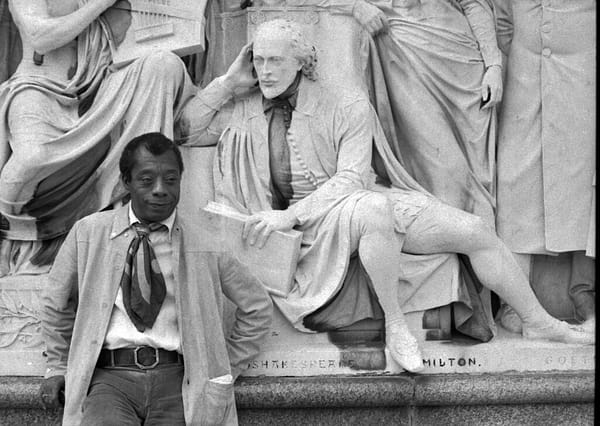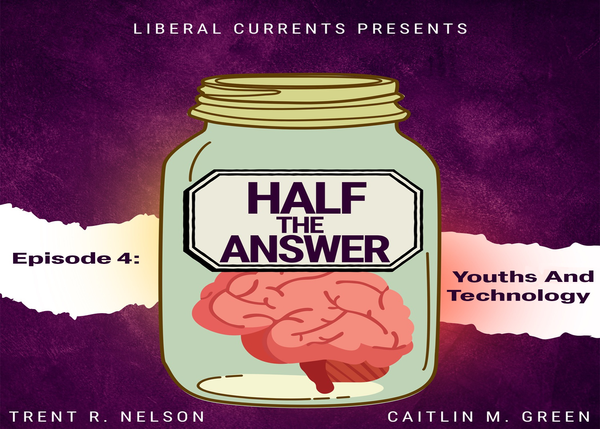The Capitol Crawl and the Long Struggle for Disability Rights

The ways in which disabled people have suffered from the stigma surrounding disability vary “from the freak shows of the late nineteenth and early twentieth centuries to the unwilling institutionalization and sterilizations of disabled people.” Disabled activists like Michael Winter recalls the discrimination he’s experienced like “being forced to go to a ‘special’ segregated school instead of integrated ones, not being allowed on a Continental Trailways bus because of my disability, and being told in a restaurant that ‘We don’t serve disabled people.’”
This discrimination doesn’t happen in a vacuum but intersects with other parts of society. Newly disabled black veterans from WWII came back to a country that suppressed their rights through Jim Crow Laws, limiting their access to GI Bill benefits that they earned through their service. Veterans of the Vietnam War, which was particularly brutal, “say they had invectives hurled their way” as they returned home while “others…remember being spit on.” Veterans had difficulty getting VA coverage for illnesses and injuries that they acquired during their service but didn’t present until their return to the states. The discrimination that the disabled community faces is as diverse as the people the community consists of.
The development of disability rights in America is sadly a part of a very recent history. It wasn’t until 1973 that the Rehabilitation Act prohibited “discrimination on the basis of disability in programs conducted by federal agencies, in programs receiving federal financial assistance, in federal employment and in the employment practices of federal contractors” as well as requiring that federal agencies’ technology is accessible to people with disabilities. In 1990 George H. W. Bush passed the Americans with Disabilities Act (ADA), which protects people with disabilities from discrimination in the workplace, government services, and public accommodations. It also ended the segregation of disabled people from schools for the able-bodied.
The Rehabilitation Act clearly wasn’t enough. Americans living with impairments needed protection in their day to day lives and in the workplace as well as when receiving government services that they’re legally entitled to. The mainstream perception of people with disabilities is that they’re helpless and defenseless, but the perseverance of community advocates tells a different story. At several points in the ADA’s development and passage, members of the disabled community were leading the fight, working with government officials and spreading awareness of the inaccessibility that disabled people need to conquer throughout their lives.
On March 12th, 1990, when the ADA was stalled in Congress, protesters gathered in front of the Capitol building to remind their representatives of who they were serving. Justin Dart, a disabled activist who is known as “father” of the ADA for his contributions to the fight for the passage of the bill, addressed the crowd:
We are here today representing 43 million Americans with disabilities forced by massive discrimination to be this nation’s most isolated, unemployed, impoverished and welfare-dependent minority. President Bush has estimated the economic cost to America of this discrimination to be $300 billion per year… We are here today to tell the Congress that two centuries is long enough for people with disabilities to wait for the Constitutional promise of Justice.
Then, 60 of the protestors “abandoned their crutches, wheelchairs, powerchairs, and other mobility-assistance devices and began crawling up the 83 stone steps that lead to the Capitol,” putting the day-to-day struggles that people face as a result of inaccessibility on full display for the world to see. Demonstrators later had their mobility aids carried to the top of the steps for them.
It was risky to display the struggles of those who depend on mobility aids in such a visually shocking way. The crawl juxtaposes the flawed narrative that people with disabilities are helpless with an example of how society restricts accessibility. Some demonstrators like Tom Olin “wondered if the image of the crawl… might conjure images of sad, powerless beggars rather than strong, determined activists” but hoped that “it might intimidate those in Congress who were being obstructionists.” Another demonstrator, Michael Winter, echoed Olin’s concerns and motivations, worrying that “some people may have thought it was undignified for people in wheelchairs to crawl in that manner, but I felt that it was necessary to show the country what kinds of things people with disabilities have to face on a day-to-day basis. We had to be willing to fight for what we believed in.”
The risk proved to be worth it. The demonstration made it difficult for the country to ignore the struggles that disabled people have in their day to day lives. It’s no coincidence that within 4 months of the Capitol Crawl, congress passed the ADA. On July 26th, 1990 George H. W. Bush signed the bill, saying that it was finally time to “let the shameful wall of exclusion finally come tumbling down.” Tom Harkin, the former US senator who introduced the ADA, said, “When that [images of the Capitol Crawl] hit the evening news all over America, we got the bill out of the House 30 days later.” Tom Olin recalls the experience of crawling up those steps fondly, saying “I didn’t think the Capitol Crawl would be a historic event and wasn’t even sure it was a good idea at the time. I’m glad I was wrong” (source).
Looking back on this demonstration shows that activism can directly change the world. Still, for the 40 million Americans living with disabilities, the fight for disability rights isn’t over. People with disabilities experience significantly higher rates of abuse than able-bodied people and those who are disabled are still “the victims of nearly 1 million nonfatal, violent crimes every year, including rape, sexual assault, aggravated and simple physical assault, and robbery.” Trump’s decision to stop drafting rules for website ADA compliance has led to “nearly 5,000 ADA lawsuits [being] filed in federal court for alleged website violations in the first six months of 2018.” A great deal of work remains to be done to create a society in which the disabled community can truly participate as equals, but the history of the struggle for disability rights in America is a testament both to how far we’ve come and what methods remain available to travel yet further.
Featured Image is Disability Rights Fund, by Andy Isaacson




